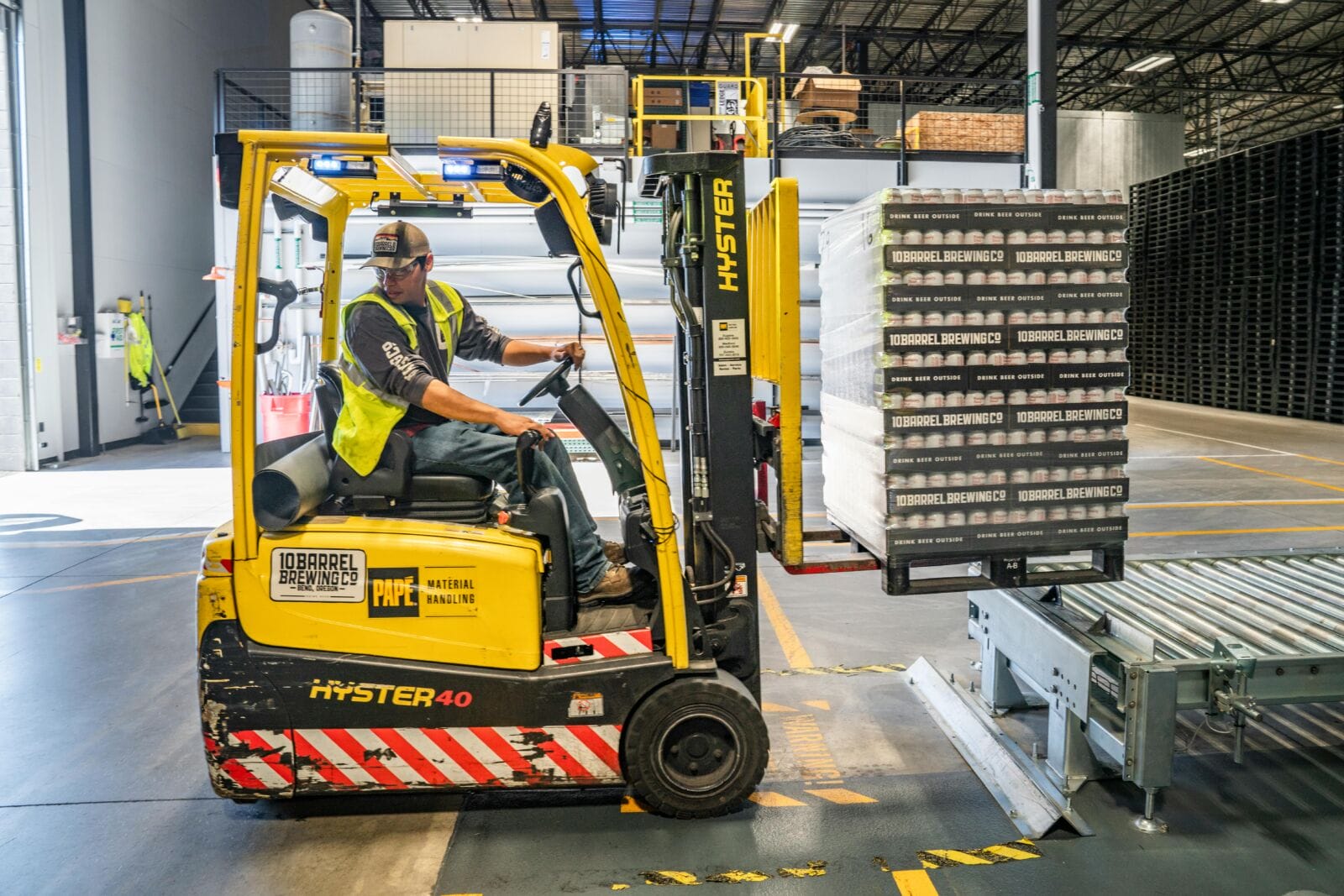Due to space constraints, small warehouses present challenges. Every inch matters, and how you lay out and design your warehouse can greatly impact efficiency and productivity. In this article, we’ll discuss some design tips to help you maximize your warehouse’s potential.
Thoughtful Layout
A planned layout is essential for making the most of space in a small warehouse. Creating zones based on functions or product categories can reduce travel time within the warehouse, boosting productivity.
When organizing your layout in the RISE Commercial District small warehouse space, prioritize accessibility. Ensure that frequently used items are easily reachable and placed closer to the front of the warehouse. This strategy saves employees time and effort by preventing them from having to search extensively for items.
Utilizing Vertical Space
In a space-constrained environment, don’t forget to look up! Making use of storage solutions can significantly expand storage capacity while preserving floor space. Invest in shelving units and pallet racking systems to safely store items off the ground.
Consider implementing carousel systems or automated storage and retrieval systems (AS/RS) for items with high turnover rates. These strategies utilize space effectively while enhancing accessibility, enabling you to organize your inventory.
Embrace Technology
In today’s era, incorporating technology can transform the layout of your warehouse. Warehouse management systems (WMS) and inventory control tools facilitate stock level monitoring, simplifying order fulfillment processes and reducing errors.
Adopting barcode scanners or RFID technology further automates inventory management by delivering updates on stock levels and warehouse locations via integrated software systems.
Smart Organization
Efficient organizational techniques are crucial for those looking for small warehouse space for rent to maximize their space usage efficiently. It’s important to segment storage areas based on item dimensions or usage frequency. For instance, allocate zones for fast-moving versus slow-moving items; position heavier items on lower shelves and lighter ones on higher shelves. This approach helps in optimizing the layout and workflow of small warehouse spaces.
Implement signage or labeling schemes to mark storage locations, aiding employees in locating items. Regularly assess your methods of organization and make adjustments to uphold efficiency.
Workflow
Enhancing efficiency is vital in reducing unnecessary movements and boosting productivity. Evaluate the workflow structure in your warehouse comprehensively, pinpointing bottlenecks or areas that can be streamlined further.
When it comes to improving warehouse efficiency, you might want to consider using strategies like batch picking or zone picking. These methods can help reduce the time spent moving around the warehouse by assigning workers areas or batches of orders.
Lighting Matters
Additionally, having proper lighting is key. Lit workspaces not only enhance safety but also boost productivity in smaller warehouses. Make sure there’s lighting throughout the facility, especially in areas with tall shelves where shadows tend to linger.
To make the most of light, try incorporating skylights or large windows into your warehouse design. If natural light isn’t available, opt for energy-efficient LED fixtures that offer bright and consistent illumination while cutting down on electricity expenses.
Safety First
Safety should always be a priority in any warehouse environment. For warehouses with less space, it’s essential to maintain clear pathways, utilize storage containers efficiently, and diligently follow ergonomic practices. Investing in quality safety equipment like guardrails, anti-slip flooring, proper signage, and reliable communication systems (such as two-way radios) is crucial. Conduct training sessions for employees to reinforce safety protocols and foster a culture of safety awareness.
Flexible Space Solutions
In warehouses, flexibility is key. Consider implementing solutions that allow you to adapt and expand your space as your business requirements evolve over time.
When setting up a warehouse, it’s beneficial to invest in shelving units that can be easily rearranged to suit changing product sizes or quantities. These flexible storage systems offer the versatility needed to maximize space efficiency.
To make the most of your workspace, consider incorporating workbenches, carts, or rolling storage racks. These mobile solutions not only provide storage but also allow for easy adjustments to meet evolving workflow requirements.
Conclusion
Creating a layout and utilizing storage options are key strategies for optimizing space in a small warehouse. Implementing technology for precise inventory management, organizing workflows thoughtfully, ensuring lighting, and maintaining workplace safety measures all contribute to enhancing efficiency. Regularly reviewing and adapting your design enables you to stay responsive to changing needs, ensuring your small warehouse remains well-organized, secure, and productive.




